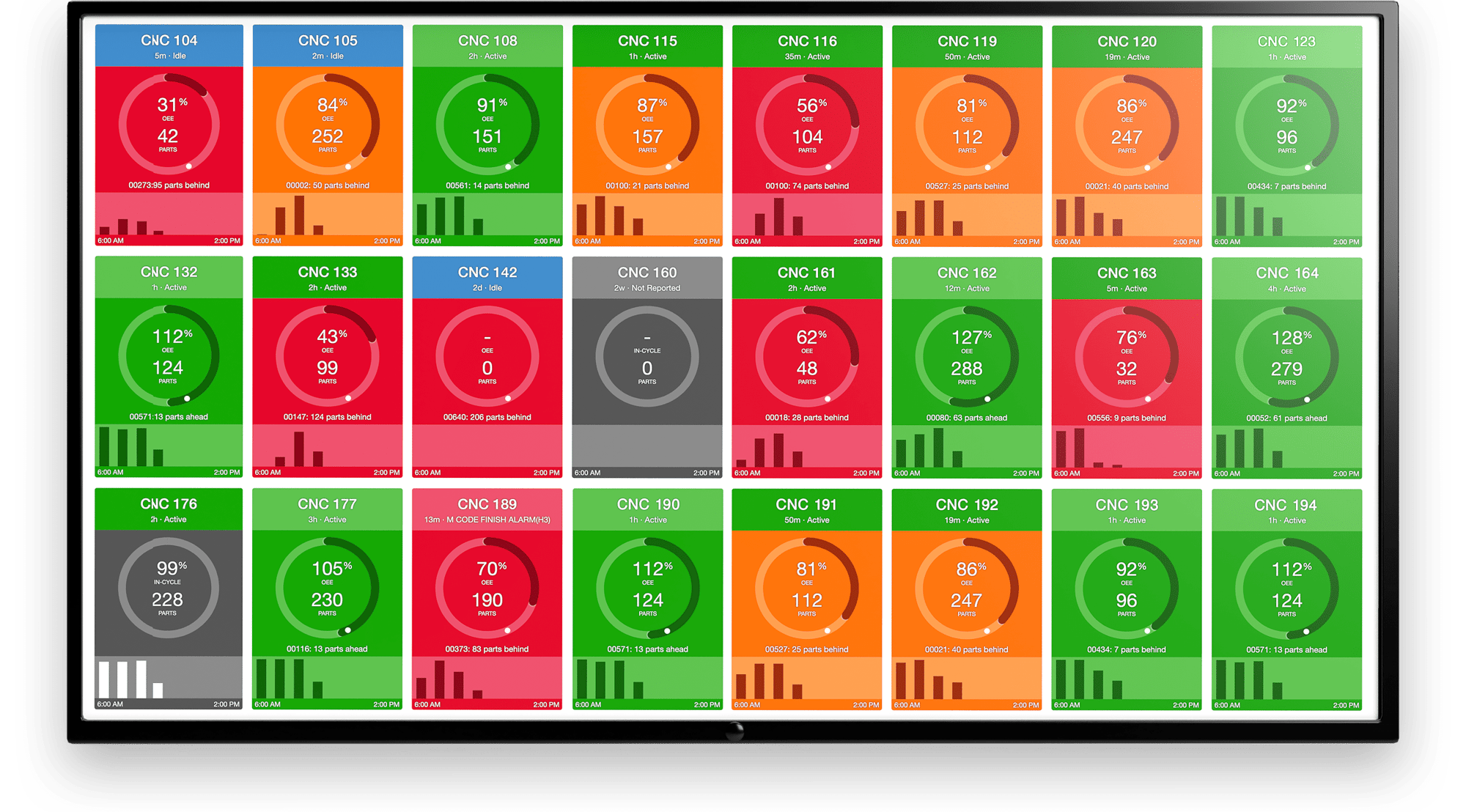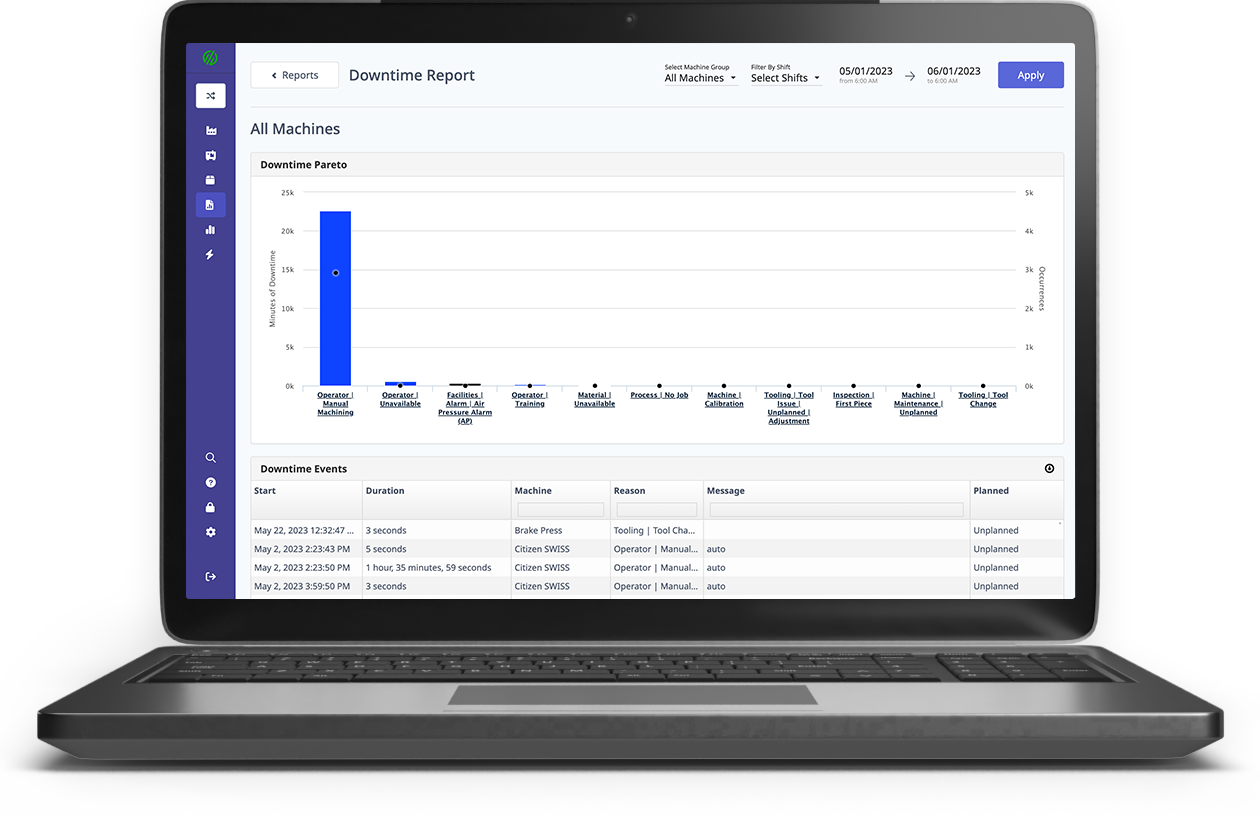MaxAI has arrived! Learn all about it
here
Search
SUGGESTED CONTENT:
MachineMetrics Blog
Meet Your New Morning Teammate: AI Summary for the Daily Production Dashboard! Every day, production leaders across the shop floor start their morning the same way: open the Daily Production
MachineMetrics
/ Dec 17, 2025
Harvey Performance Company is a global leader in precision cutting tools, manufacturing brands like Harvey Tool, Helical Solutions, Micro 100, and others used in aerospace, medical, power generation,
MachineMetrics
/ Nov 19, 2025
Pindel Global Precision is a contract machining company headquartered in Wisconsin and serving a diverse range of industries, including agriculture, hydraulics, electrical, and general industrial
MachineMetrics
/ Nov 17, 2025
Easthampton, MA – November 6, 2025 – MachineMetrics, the industry’s leading production intelligence platform, today announced the launch of Max AI, the new AI-powered intelligence layer for its
press release
/ Nov 06, 2025
START DRIVING DECISIONS WITH MACHINE DATA.
Ready to empower your shop floor?
Learn MorePLC to Cloud: Using IoT to Read Data from a PLC
inustrial IOT
/ April 14, 2022
The seamless integration of IIoT components including IoT hardware, software, and communication protocols has occurred in incremental steps for manufacturers. Early industrial automation systems were...
The Smart Factory: Smart Manufacturing Drives Industry ...
IIOT
/ March 11, 2021
Manufacturing has continuously evolved. Many of the industry’s changes were incremental and, at times, reluctant. Today, digital factories disrupt manufacturing in ways no one could have imagined. At...
Common Myths About Industrial Automation, Debunked
MachineMetrics
/ December 16, 2020
Key Takeaways: Several misconceptions about industrial automation hinder adoption in manufacturing. Automation improves efficiency and doesn't always replace human workers. Embracing automation helps...
Industrial Automation: How it Works, Types, and Benefit...
MachineMetrics
/ November 25, 2020
Key Takeaways: Industrial automation enhances manufacturing efficiency, reduces errors, and increases production speed. Automation technologies, including robotics and AI, are transforming...
What is Lights Out Manufacturing? Exploring Full Automa...
MachineMetrics
/ October 22, 2020
Lights out manufacturing is a technique that uses fully-automated technology to run a production factory with little or no human intervention. This requires the support of multiple technologies such...
Get In Touch With Us
Easthampton Office
116 Pleasant St, Suite 316, Easthampton, MA 01027
Platform
Industry Solutions


.png?width=1960&height=1300&name=01_comp_Downtime-%26-Quality_laptop%20(1).png)